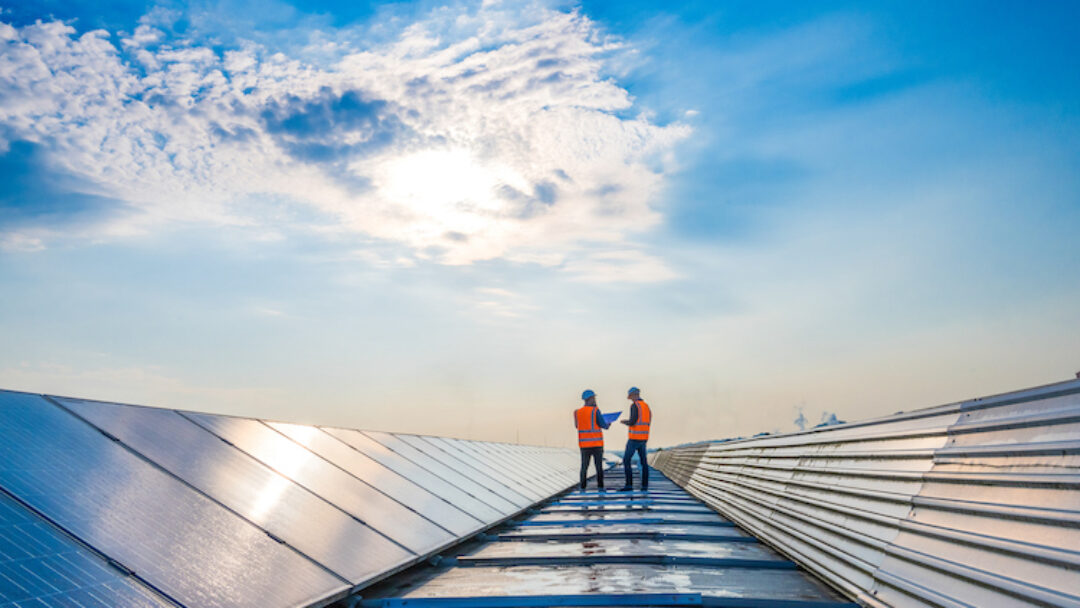As the world becomes more aware of the negative impact humans have on the environment, many countries and states are making a conscious effort to reduce their carbon footprint. Governments are implementing regulations to reduce greenhouse gas emissions, and individuals are taking steps to reduce their personal impact. However, some states are making more progress than others. In this blog, we will explore the ways in which states are becoming more environmentally friendly and what still needs to be done.
The Importance of LCOE
LCOE stands for Levelized Cost of Energy, which is a calculation used to determine the average cost of producing a unit of energy over the lifespan of a particular energy source (You can learn more about this LCOE meaning on Pexapark’s website). This calculation takes into account the initial cost of building the energy infrastructure, as well as the ongoing costs of operation, maintenance, and fuel. By using LCOE, we can determine the most cost-effective and sustainable energy sources.
States that prioritize renewable energy sources tend to have lower LCOE values because renewable energy sources have lower ongoing costs than fossil fuels. States that invest in renewable energy infrastructure such as wind and solar energy tend to have lower LCOE values, which means they can produce energy at a lower cost than states that rely heavily on fossil fuels.
States Leading the Way
California is often seen as the leader in environmental sustainability in the United States. The state has implemented regulations to reduce greenhouse gas emissions, and it has set ambitious goals for the future. By 2030, California aims to generate 60% of its electricity from renewable sources and reduce its carbon footprint by 40%. The state is investing in renewable energy infrastructure and promoting energy efficiency measures in homes and businesses.
Hawaii is another state that has made significant progress in reducing its carbon footprint. The state has set a goal to be powered entirely by renewable energy by 2045, and it has already made significant progress towards that goal. In 2020, Hawaii generated 43% of its electricity from renewable sources, including solar, wind, and geothermal energy.
Texas is known for its oil and gas industry, but the state is also making strides in renewable energy. Texas leads the United States in wind energy production, and it is the fifth-largest producer of solar energy. In 2020, Texas generated 23% of its electricity from wind energy and 3% from solar energy.
Areas for Improvement
While some states are making significant progress towards sustainability, others still have a long way to go. Wyoming, West Virginia, and North Dakota are the three states with the highest carbon footprints per capita in the United States. These states are heavily reliant on the coal industry, which is one of the most polluting sources of energy.
The state of Alaska also has a high carbon footprint due to its reliance on diesel fuel for electricity generation. Alaska is the only state in the United States without a connection to the national power grid, so many remote communities rely on diesel generators for electricity.
GE HealthCare and Sustainability
GE HealthCare is one company that is leading the way in sustainability. The company has set ambitious goals to reduce its carbon footprint and become more environmentally friendly. GE HealthCare aims to reduce its carbon footprint by 20% by 2025 and to become carbon neutral by 2030.
The company is investing in renewable energy sources such as solar and wind energy and is working to reduce its energy consumption in its manufacturing processes. GE HealthCare is also working to reduce waste and increase recycling in its operations.








